Pescatarian Diet 101: A Beginner's Guide
Pescatarian Diet 101: A Beginner's Guide
Let's dive into the world of the pescatarian diet, a delicious option that combines the best of both plant-based and seafood goodness. It's more than just a way of eating—it's a commitment to personal and environmental well-being. Many people are finding the pescatarian diet as the ideal middle ground between vegetarian and omnivorous choices. You can eat fish and seafood while still embracing the abundance of plant-based foods.
By merging nutrient-rich vegetables, whole grains, and legumes with the omega-3 fatty acids found in fish, the pescatarian diet offers a balanced approach to overall wellness. Interesting in exploring the delicious world of pescatarian eating? We’re here to help you navigate the diverse and exciting range of fish and plant-based dishes that your tastebuds have been longing for.
What Is the Pescatarian Diet?
Embracing a pescatarian diet means prioritizing fish and seafood as your primary protein source while enjoying an abundance of plant-based foods. The pescatarian diet can support several aspects of our wellness, including:
Heart Health: Eating fish regularly, especially mackerel and sardines, may support heart health. This is largely attributed to the omega-3 fatty acids, which can help you maintain cardiovascular health.
Blood Pressure: EPA, a fatty acid found in fish, can potentially support healthy blood pressure levels.
What Foods Are Included in a Pescatarian Lifestyle?
Eating a pescatarian diet is easy when you understand the staple ingredients. Here are some key ingredients to consider when stocking up:
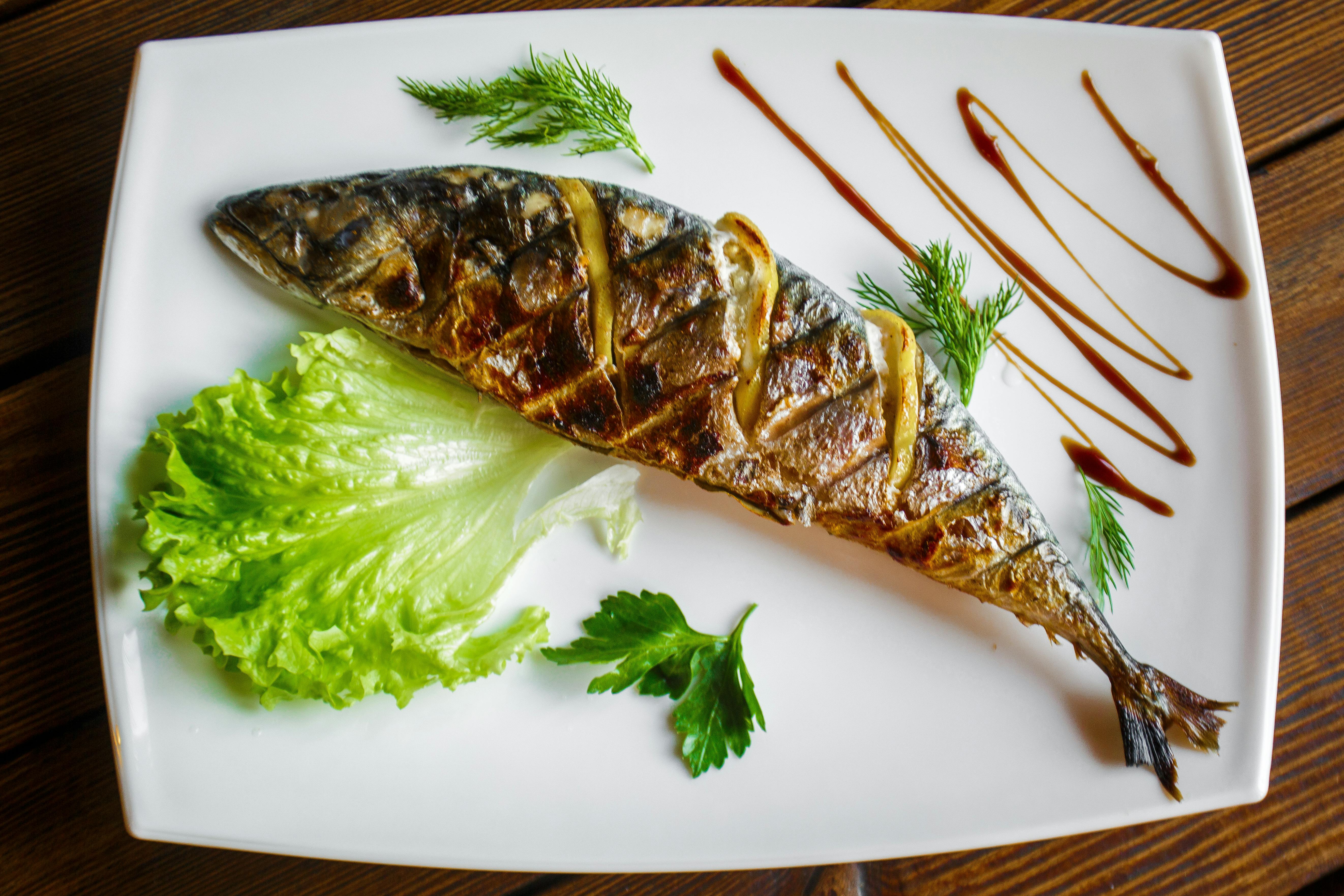
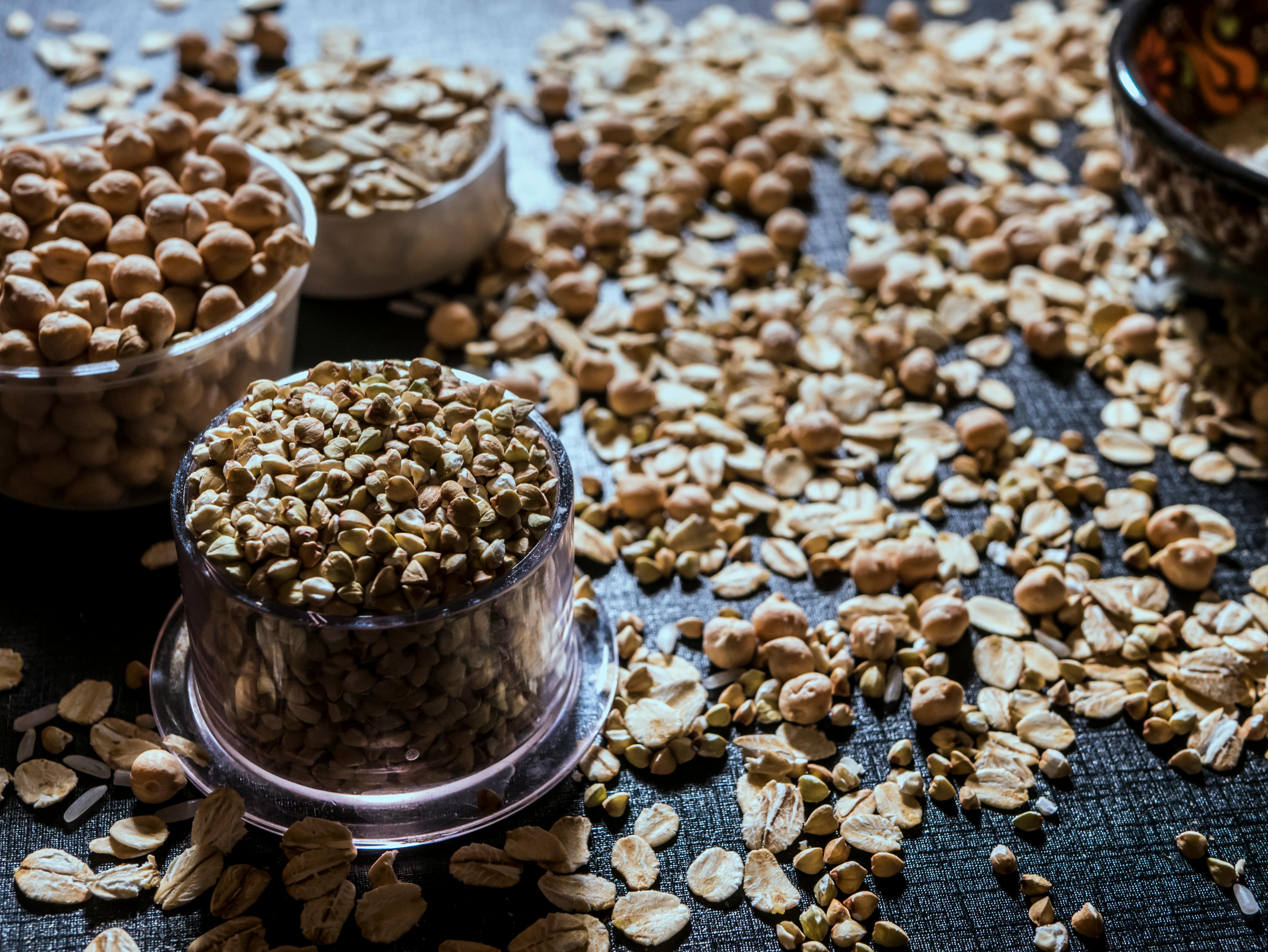
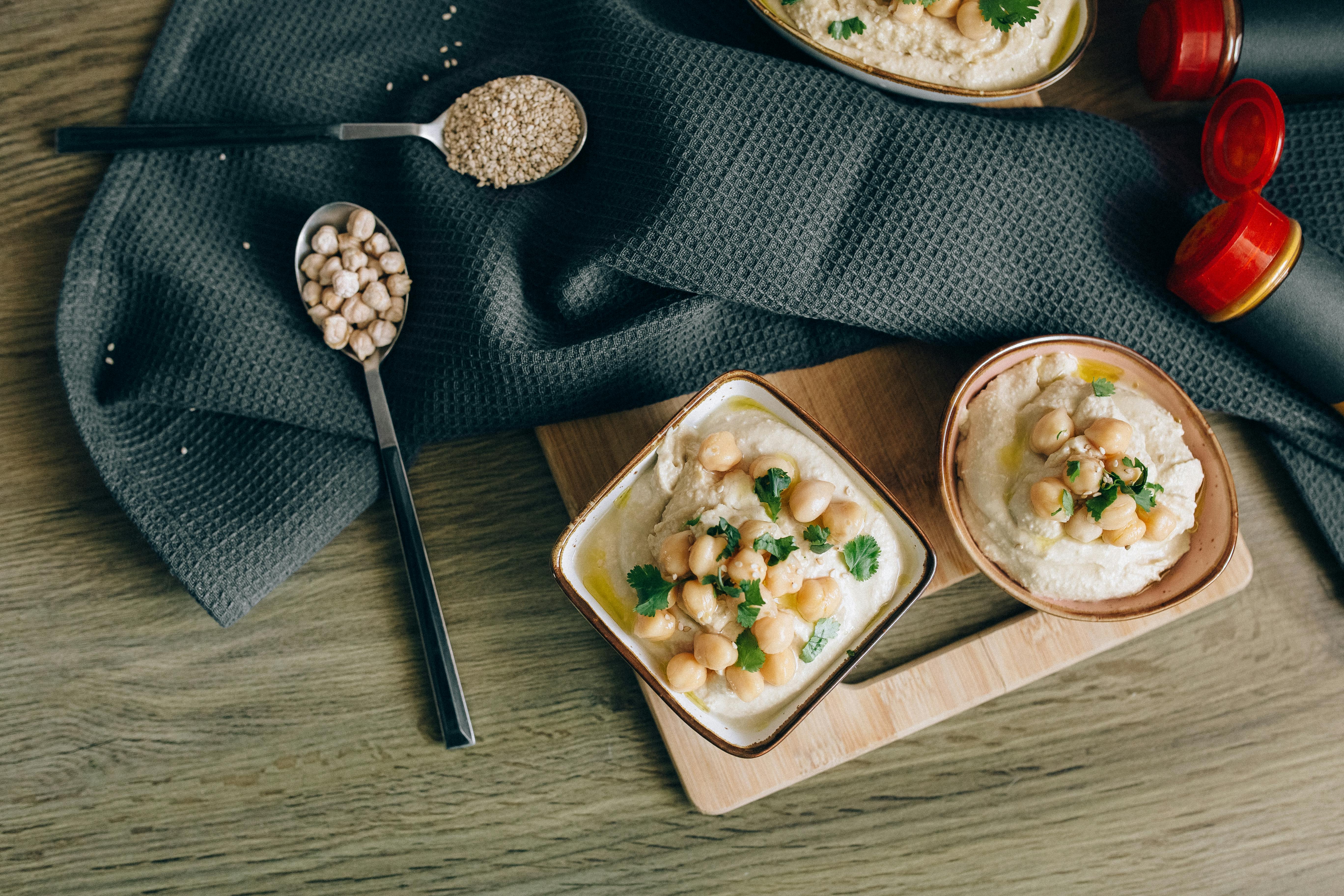


Getting Started: Meal Planning and Prepping
Now that you know all about the pescatarian diet and its foundational ingredients, the next logical step is the practical application: meal planning and prepping.
Taking a pescatarian approach to your meals can be delicious and nutritious if you follow a few guiding principles:
Set Clear Goals: Before you begin a pescatarian diet, determine your goals. Whether it's weight management, heart health, or simply eating more plant and fish-based foods, having goals will keep you focused.
Consult Reliable Sources: While many recipes are available, not all are created equal. Stick to trusted sources, or even better, consult with a registered dietitian to create a tailored meal plan that aligns with your dietary needs and preferences.
Batch Cooking: Dedicate a day for batch cooking or meal prep. Preparing meals like a Mediterranean-inspired quinoa salad or a fish stew in larger quantities can save time during the week. Store them in portions to make sure it’s easy to grab when you’re on the go.
Diversify Your Meals: Rotate between different fish, shellfish, legumes, whole grains, and veggies each week. This keeps meals exciting and ensures you don’t miss any key nutrients or flavors.
Mind Your Servings: While eating fish is great for your well-being, moderation is key. The FDA recommends two to three servings of fish per week for adults.
Equip Your Kitchen: A well-equipped kitchen makes meal prep a breeze. Consider getting a good-quality fish spatula, seafood steamer, and sharp knives. And always have storage containers ready for your prepped meals.
Stay Inspired: Join pescatarian or vegetarian diet communities online, subscribe to veggie magazines, or follow chefs specializing in seafood and plant-based foods. Keeping the inspiration flowing can motivate you to try new recipes and stick to your health and wellness goals.
Going pescatarian isn’t just about what you eat—it can be a whole lifestyle that brings personal wellness and environmental mindfulness together. By taking the time to plan and prep your meals, you're setting yourself up for success.
Are There Downsides to Going Pescatarian?
While the benefits of a pescatarian diet are abundant, there are certain pitfalls to be wary of.
Relying Too Heavily on Processed Foods
When it comes to convenience, we often find ourselves reaching for pre-packaged seafood products. They can be a quick fix once in a while. Relying on processed foods too often may lead to excess sodium, preservatives, and unhealthy fats.
Instead: Focus on whole foods. Fresh fish, legumes, whole grains, and fresh veggies are a great place to start when building each meal.
Neglecting Nutrient Intake
While a pescatarian diet has tons of nutrients, vitamin B12, calcium, and specific high-protein sources mainly come from animal products. It’s easy to lose out on important nutrients if you’re not careful.
Instead: Include foods fortified with vitamin B12, like certain cereals, or take a B12 supplement. For calcium, incorporate plant foods such as chia seeds and legumes like hummus for protein. If you're unsure about your nutrient intake, consulting a registered dietitian can help.
Misunderstanding "Pesce"
"Pesce" means fish in Italian. However, some beginners assume a pescatarian diet includes all animal products except red meat, which is not accurate.
Instead: Educate yourself. Pescatarians primarily get their protein from fish and avoid other animal products, although some might still include dairy products. The key is to center your diet on fish and plant-based foods.
Ignoring Sustainability
While adopting a pescatarian diet can be an eco-friendly choice, not all seafood is caught or farmed sustainably, which can impact marine ecosystems.
Instead: Research and opt for seafood approved by entities like Seafood Watch. Making informed decisions about your fish and shellfish sources ensures your diet is both delicious and planet-supporting.
Confusing Pescatarian With Vegetarian or Vegan Diets
While all these diets prioritize plant-based foods, they have distinct differences. A vegan diet excludes all animal products, while a vegetarian diet might still include dairy and eggs. Pescatarians, on the other hand, consume fish and seafood.
Instead: Understand the nuances of each diet. If you're speaking to a chef at a restaurant or shopping for pre-packaged meals, clarity about your dietary choice can ensure you're eating in alignment with your values.
Not Embracing Diversity
While salmon and shrimp might be favorites, sticking only to well-known fish can limit your flavor profile.
Instead: Dive deep! Explore varieties like mackerel, sardines, and scallops. Each fish offers unique flavors and a unique set of health benefits.
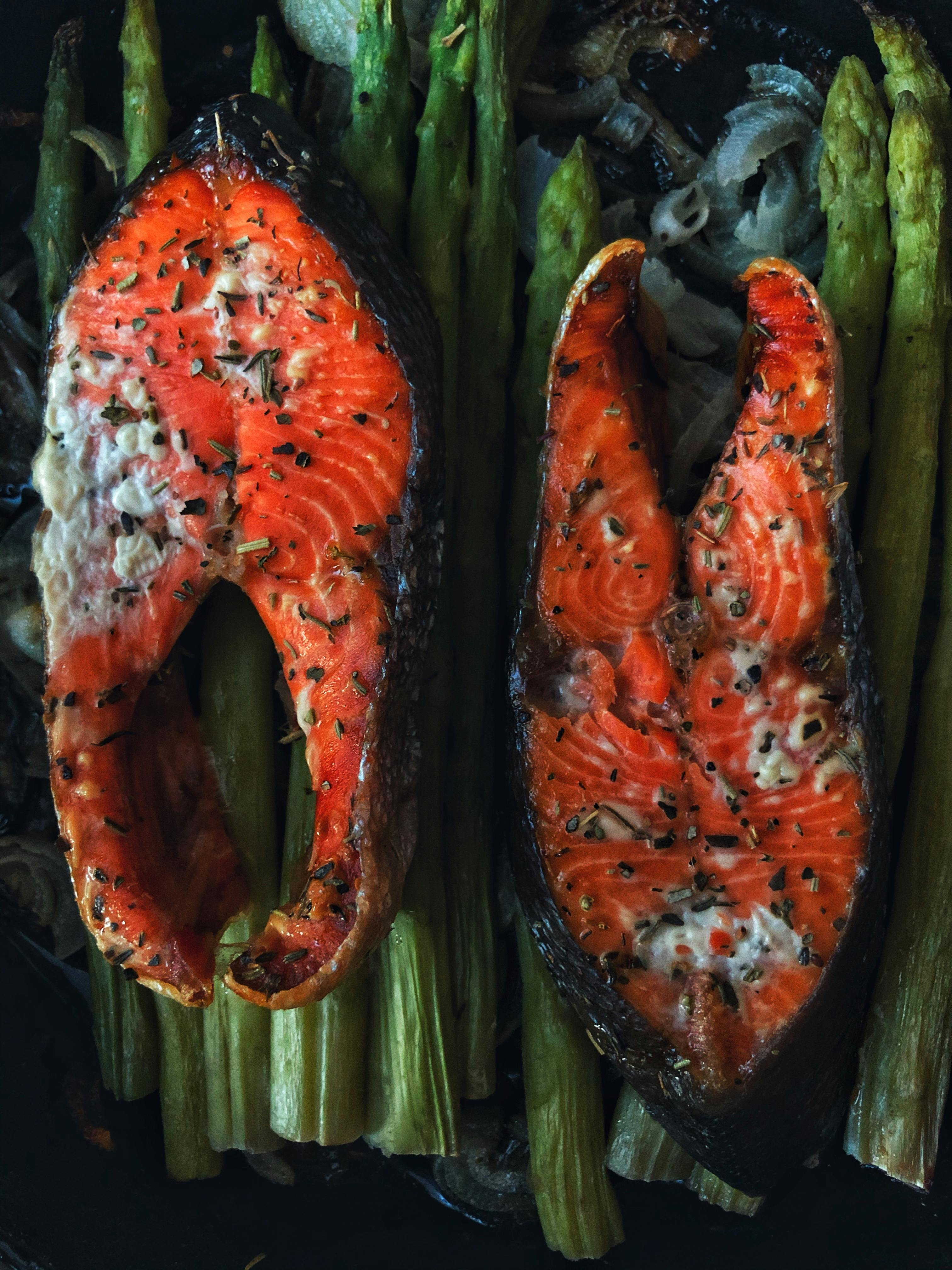
Expanding Your Pescatarian Palette
As your confidence grows in the pescetarian kitchen, you might want to try new flavors, textures, and recipes.
Here's how you can elevate your pescatarian meals:
Global inspiration: Research and try diverse seafood-rich cuisines from around the world. From Thai shrimp curry and Japanese sashimi to Mediterranean fish stews, the world of seafood is vast and varied.
Seasonal variety: The seasons bring a bounty of fresh produce. Try making asparagus with grilled trout in the spring, a summer ceviche with ripe avocados, or an autumnal pumpkin and prawn risotto.
Elevate with herbs and spices: Aromatic herbs and spices can completely change a simple fish dish. Consider trying dill, lemon zest, or saffron.
Textural play: Contrasting textures can elevate a dish from good to gourmet. Think crispy-skinned salmon with a soft interior paired with a silky cauliflower puree and a crunch of toasted almonds. Embrace techniques like poaching, roasting, and grilling to get varied textures.
Wine and dine: Pairing seafood with the right wine can intensify the dining experience. Light white wines often complement delicate fish, while more robust seafood dishes might pair well with rosé or even lighter reds. Exploring wine pairings can become an exciting new hobby.
Seafood beyond the filet: Broaden your horizon beyond filets. Consider exploring other parts of the fish, like cheeks or collars, which are often overlooked but can be incredibly flavorful. Additionally, familiarize yourself with less common seafood options, such as octopus or squid, which offer unique textures and flavors.
Cooking Techniques: Mastering a variety of cooking techniques keeps meals interesting. Learn the art of ceviche, where citrus “cooks” the fish, or master the sous-vide method for perfectly cooked fish every time.
Attend workshops or classes: Sometimes, the best way to learn is under the guidance of an expert. Consider joining a local seafood cooking class or workshop. Not only will you pick up new skills, but you'll also meet like-minded individuals who share your passion for pescatarian cuisine.
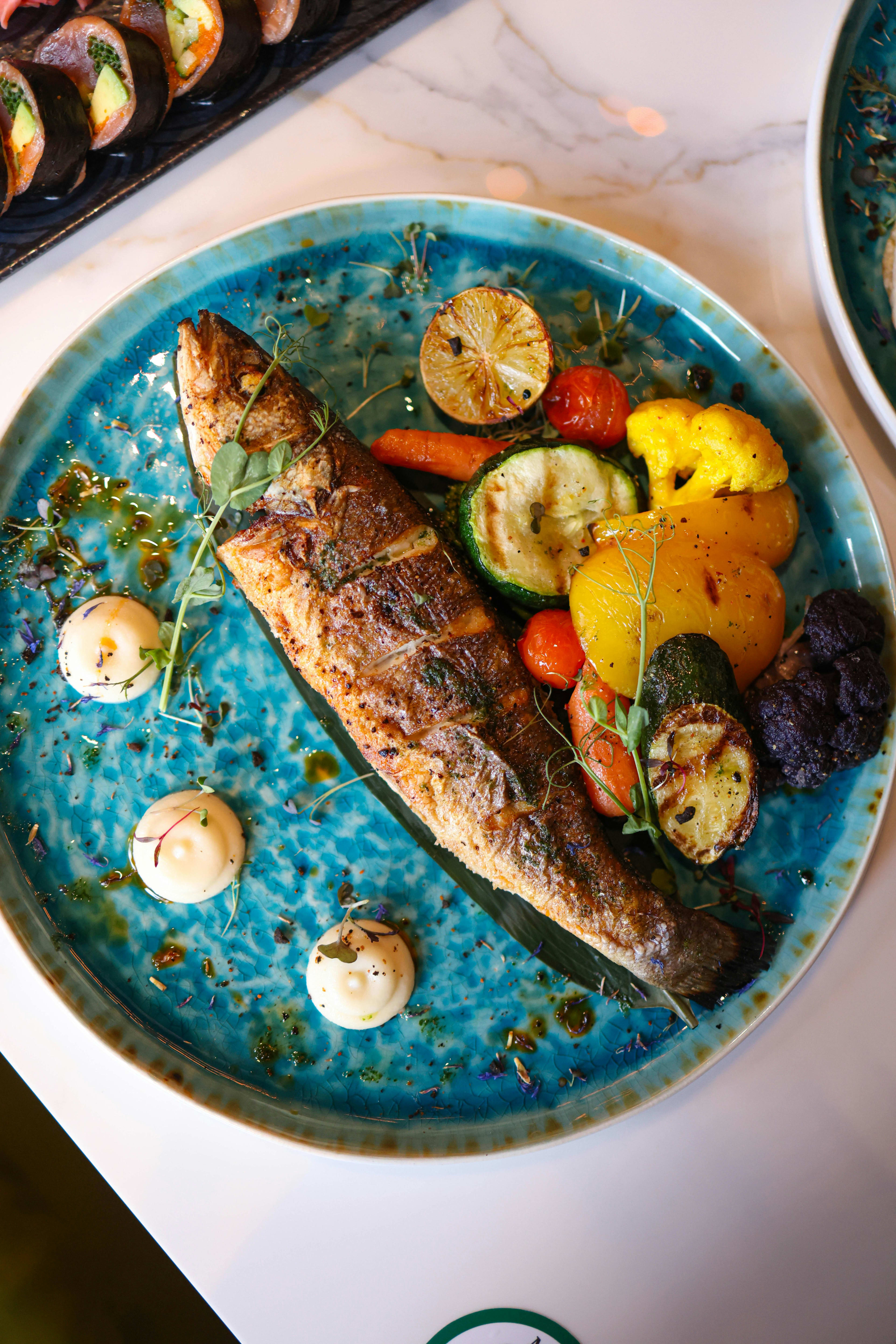
How Can Green Chef Support My Diet?
Embracing a pescatarian lifestyle can feel daunting. You might wonder: How do I perfectly sear that salmon? Which spices best complement a lentil stew? How do I incorporate seasonal ingredients?
Enter Green Chef. Green Chef is here to simplify your pescatarian journey, making it as flavorful as it is nourishing.
Here's how we can help:
Chef-Crafted Meal Plans: Our team of culinary experts meticulously designs pescatarian-friendly meal plans that emphasize balance, nutrition, and taste. Each meal is crafted to cater to both the novice cook and the seasoned chef.
High-Quality Ingredients: Quality is a big deal here at Green Chef. We ensure every ingredient sent to your doorstep is fresh and high-quality—from the crispest veggies to the most succulent pieces of fish.
Step-by-Step Recipes: Whether you're whipping up a swordfish steak or a comforting bowl of veggie and quinoa stew, our recipes come with detailed, easy-to-follow instructions. This means less guesswork and more enjoyment in the kitchen.
Sustainability at the Core: At Green Chef, we believe in a sustainable future, and our packaging reflects that. From recyclable materials to efforts to reduce our carbon footprint, we ensure your food not only tastes good but feels good, too.
Dietary Accommodations: Keto? Plant-based? Calorie-conscious? Or maybe you lean more towards a flexitarian approach some days? No worries. Green Chef's diverse menu helps support your dietary needs and preferences without compromising flavor or nutrition.
A pescatarian diet shouldn't mean spending hours in the kitchen feeling overwhelmed. With Green Chef by your side, you get the perfect blend of convenience, quality, and taste.
